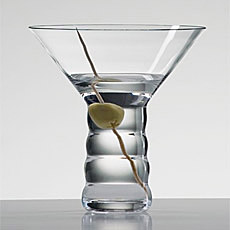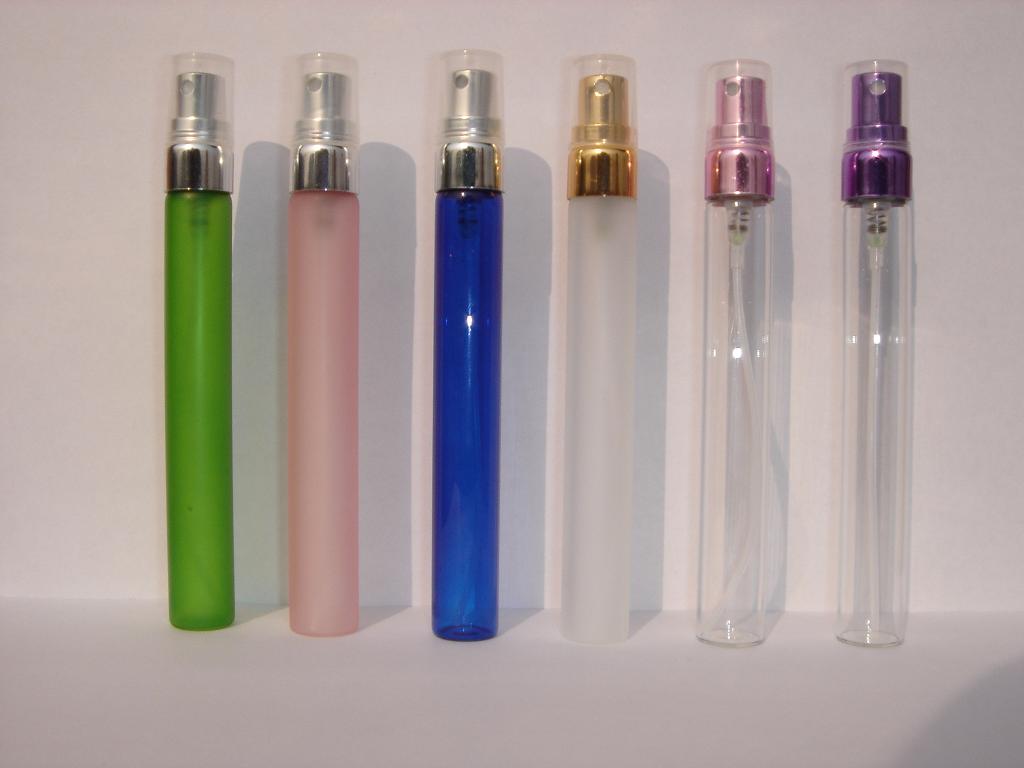 Cutting Edge Martini
Cutting Edge Martini
The exact origin of the martini is unclear. Numerous cocktails with names and ingredients similar to the modern-day martini were first seen in bartending guides of the late 19th century.One popular theory suggests it evolved from a cocktail called the Martinez served at the Occidental Hotel in San Francisco sometime in the early 1860s, which people frequented before taking an evening ferry to the nearby town of Martinez. Alternatively, the people of Martinez say the drink was first created by a bartender in their town. Another theory links the first dry martini to the name of a bartender who concocted the drink at the Knickerbocker Hotel in New York City in 1911 or 1912.
but one thing for certain, do not confused the bartender with Dry Martini and Martini Dry you've ordered, both are aperitif but the one called "Dry Martini" definitely is a cocktail which you poured all ingredients into a mixing glass with ice cubes, stirring it gently until the ingredients are mixed then strained and served "straight up" (without ice) in a chilled cocktail glass and garnished with either a green olive or a twist of lemon (a strip of the peel, usually squeezed or twisted to express volatile oils onto the surface of the drink) .
which you poured all ingredients into a mixing glass with ice cubes, stirring it gently until the ingredients are mixed then strained and served "straight up" (without ice) in a chilled cocktail glass and garnished with either a green olive or a twist of lemon (a strip of the peel, usually squeezed or twisted to express volatile oils onto the surface of the drink) .
Although there are many variations, in modern practice the standard martini is a mix of gin coupled with dry vermouth usually in a five-to-one ratio. Shaker mixing is common due to influences of popular culture, notably the fictional spy James Bond, who in movies always asked for his vodka martini to be "shaken, not stirred". However, stirring has a long history. Harry Craddock's prescribes stirring for all its martini recipes.
But now we can even push the way of making Martini's to the limit, otherwise cutting edge style, not to worry if its stirred nor shaken, what you could do is to prepare your Martini with a new way to where its never been seen in any place you've visit & the truth is by only placing Vermouth into sprayer gun (parfume's alike tube) and spray it into the glass so that the vermouth flavor coat the inner glass evently and of course it should be done before you chill the glass with full of ice, rather than you poured the vermouth in the first place into the mixing glass with full of ice and than you strain it out just enough to coat the ice cubes and then again you pour the Gin into vermouth coated ice cubes, its too complicated and time consuming, so why don't start practice this brilliant idea at your own, its looks more fancy though and you know since the beginning I'd love to see something different and more buzz going on behind the counter, is that makes sense to you?
Some newer drinks include the word "martini" or the suffix "-tini" in the name (e.g., appletini, peach martini, chocolate martini, espresso martini); however, these are simply named after the cocktail glass they share with the martini and do not share any ingredients in common other than vodka (in most cases), and therefore should not be considered variants of the martini.
More to come next time.......
Cheers,
D' Agisna R

